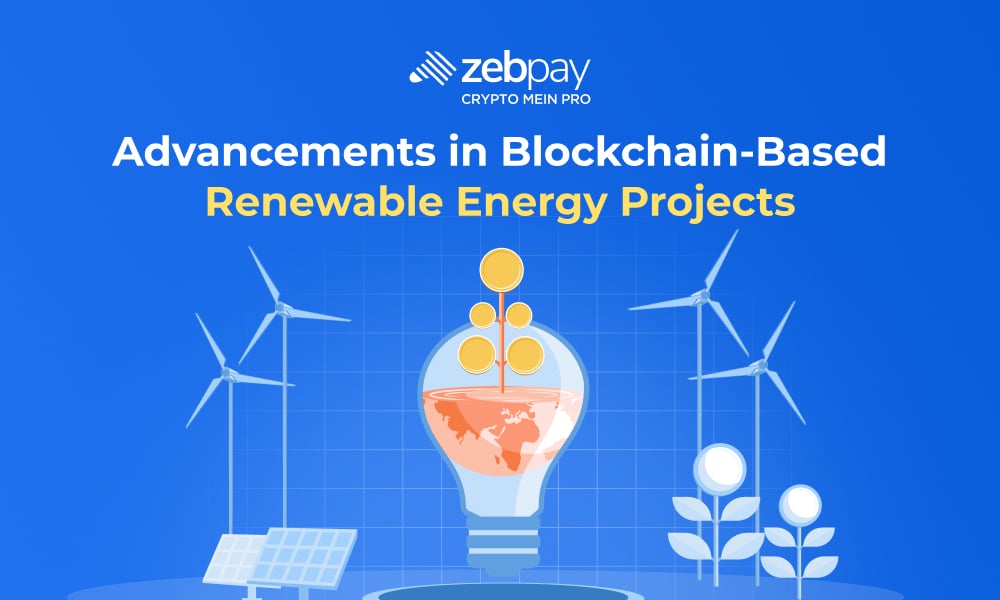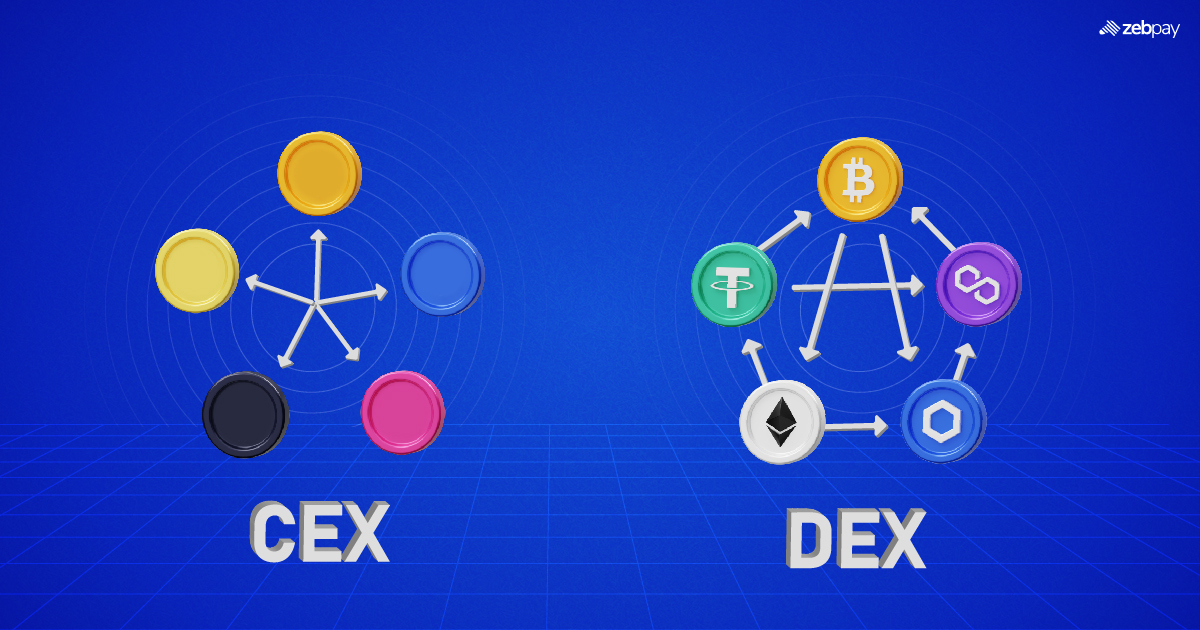As the global community accelerates efforts to address climate change and build a sustainable future, renewable energy has become a central element of energy strategies worldwide. However, achieving an energy transition that is smooth, transparent, and just presents significant challenges. Blockchain technology, praised for its security, reliability, and versatility, is increasingly being used in renewable energy projects to tackle these obstacles. With global energy demand on the rise and a shift toward decentralised energy systems, blockchain provides innovative solutions for improving trust, enabling peer-to-peer energy trading, and simplifying carbon credit verification. This blog explores the latest breakthroughs in blockchain-enabled renewable energy initiatives and examines how this combination is helping to create a more sustainable and fair energy landscape.
Overview of Blockchain in the Energy Sector
- Introduction to blockchain technology in energy: A decentralised ledger system offering transparency, security, and efficiency.
- Why blockchain fits the energy sector: Addresses challenges like inefficiencies in grid management, lack of transparency, and intermediaries in transactions.
- Evolution of blockchain in energy: From early pilot projects to large-scale implementations.
How Blockchain Supports Renewable Energy Projects
- Transparent tracking of energy sources: Ensures renewable energy origins are verifiable, aiding consumer trust and compliance with regulations.
- Streamlined carbon credit trading: Eliminates manual processes, ensuring authenticity and efficiency.
- Facilitates decentralised financing: Crowdfunding and tokenized investments make renewable energy accessible to more stakeholders.
Key Advancements in Blockchain-Based Energy Solutions
- Emergence of specialised platforms: Examples include Power Ledger and WePower enabling renewable energy trading.
- Integration with IoT devices: Smart meters recording real-time energy consumption directly on the blockchain.
- AI-powered optimisation: AI and blockchain combine to enhance energy load balancing and predictive maintenance.
Decentralised Energy Grids and Peer-to-Peer Energy Trading
- What are decentralised grids? Small-scale, localised energy networks managed by blockchain.
- Peer-to-peer energy trading: Consumers and producers can trade excess energy directly using blockchain, reducing dependency on central utilities.
- Example Platforms:
| Platform | Features | Use Case Example |
| Power Ledger | Blockchain-based energy trading and transparency | Peer-to-peer solar energy trading in Australia. |
| WePower | Tokenized renewable energy investments | Financing solar farms in Europe. |
Advantages and Disadvantages
| Advantages | Disadvantages |
| Transparency in energy tracking. | Scalability issues with large transactions. |
| Reduced reliance on intermediaries. | Energy consumption of some blockchain networks. |
| Efficient certification and trading. | Regulatory uncertainty in certain regions. |
| Enables energy access in remote areas. | Requires upfront investment in technology. |
Case Studies
- Power Ledger (Australia): Enabled peer-to-peer energy trading between residential solar power producers and consumers.
- Brooklyn Microgrid (USA): A community-driven energy grid where blockchain facilitates local energy exchange.
- Iberdrola (Spain): Used blockchain for green energy certification, ensuring traceability and trust.
Read more: Green Crypto Assets
Future Outlook
- Potential advancements: Greater integration with AI, IoT, and 5G networks to enhance blockchain applications in energy.
- Policy and regulatory evolution: Global push for clean energy could drive faster adoption of blockchain solutions.
- Opportunities for innovation: Development of scalable and energy-efficient blockchain protocols to address current limitations.
Read more: AI & Crypto
Conclusion
In conclusion, blockchain technology is proving to be a valuable tool in advancing renewable energy projects by addressing challenges such as transparency, efficiency, and decentralisation. From enabling peer-to-peer energy trading to streamlining carbon credit markets, its applications are unlocking new opportunities for innovation and collaboration in the energy sector. While challenges like scalability, energy consumption, and regulatory barriers remain, ongoing advancements in blockchain technology and supportive policy frameworks are paving the way for broader adoption. By fostering partnerships between technologists, policymakers, and energy stakeholders, blockchain can play a critical role in building a sustainable, transparent, and equitable energy future.
Unravel everything that you need for your crypto journey via ZebPay blogs. Get started today and join 6 million+ registered users on ZebPay!







